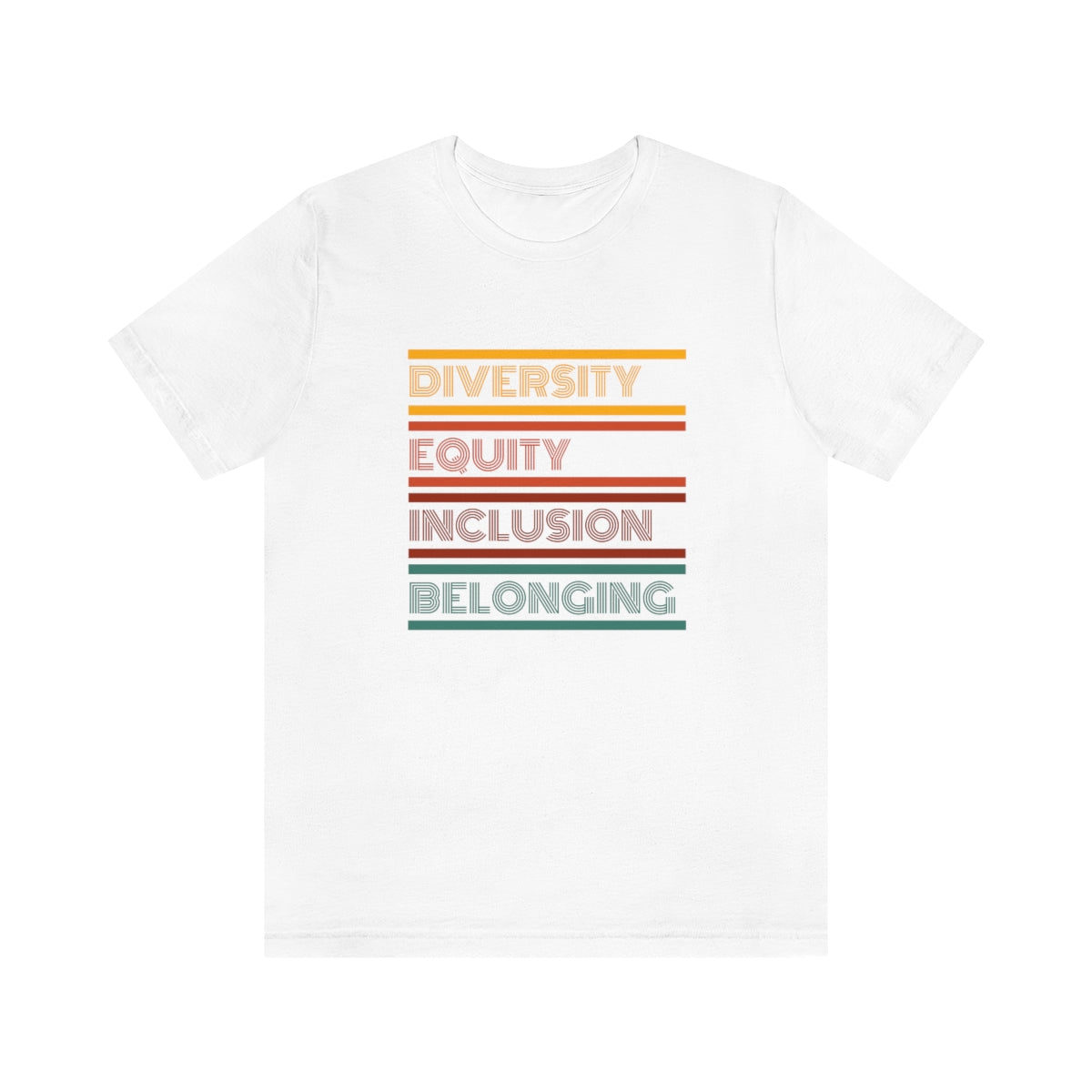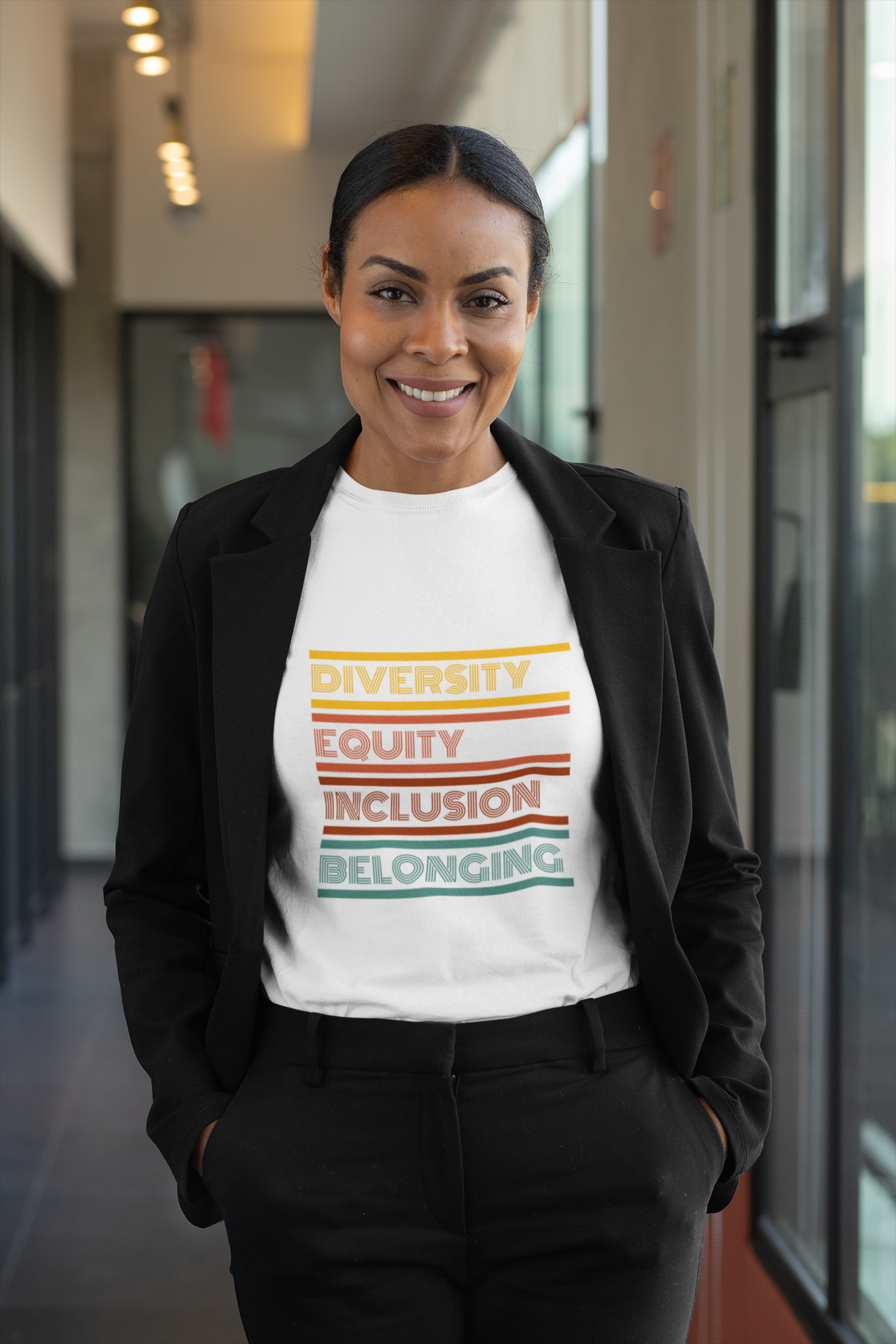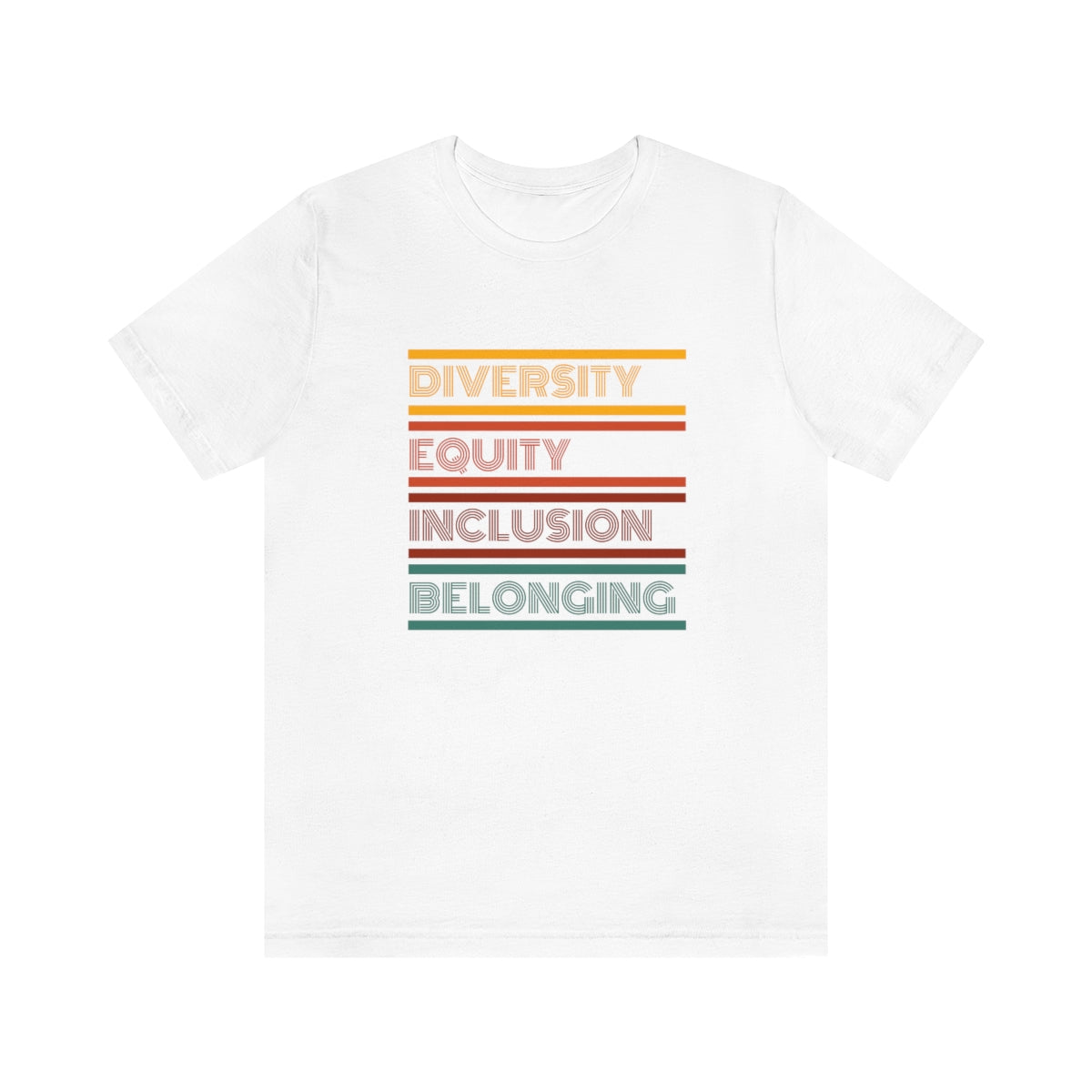Creating Diversity Equity Inclusion and Belonging in Leadership: A Practical Guide

Image Source: Pixabay
The human race is a diverse one. In fact, there are over 6 billion people on our planet who all have their own unique characteristics and beliefs. Therefore, it’s only natural that organizations want to create a culture that attracts and retains the most diverse talent possible. But creating an inclusive culture isn’t always easy. Even the most progressive companies can sometimes struggle with implementing diversity strategies because of the inherent complexities involved in creating an equitable environment for everyone in their workforce. This article discusses why diversity is so important for leadership and how to start implementing pro-diversity strategies within your organization. You will learn how diversity equity inclusion in leadership can help foster team cultures that build trust and camaraderie as well as promote innovation, creativity, and diverse perspectives of ideas.
What is Diversity?
Simply put, diversity is the combination of differences among people. With such a broad definition comes the important nuance of equity. Equity is the idea that every individual and group within an organization is treated fairly and with respect. This concept becomes even more important when considering the lack of diversity in senior leadership teams and organizations. Diversity may seem like a trendy term that organizations are only now starting to adopt and understand. However, the goal of diversity is not to create a new type of person. Rather, it is to foster an inclusive environment where people can experience belonging, grow professionally, and create inclusive cultures that positively impact an organization.
Why is Diversity Important for Leadership?
When it comes to creating a diverse workforce, it’s important to understand why this topic is so important and what it can do for your organization’s growth and success. First and foremost, the corporate world is changing. The workforce is becoming more diverse and therefore, leaders must create a culture that embraces and values all types of people. However, in order to do that, leaders must first understand why diversity is important. Understanding both the business and leadership benefits of diversity is a great place to start. As we mentioned above, diversity is a holistic concept that includes both the human variation and inclusivity of an organization. Extending this idea, some of the key benefits of a diverse workforce include increased innovation, creativity, and problem solving. Additionally, a diverse team will often have a greater number of perspectives and experiences that can lead to creative solutions and solutions that are less likely to be biased by personal feelings and biases.
How to Implement a Diverse Social Culture in leadership
Like any social change, it’s important to start small and build from there. It can be tempting to implement a full-blown, company-wide diversity training program. After all, the benefits of a diverse team are significant, and there is no reason for your organization to be any different. However, there are a few things that you can do to get started that will help create a more inclusive culture for your team members. Start with your hiring practices. A diverse candidate pool is important for a variety of reasons, but one of the biggest is that it will help fill leadership positions with diverse candidates. Before you bring someone onto the team, ask yourself if they would be a good fit for others on the team. If not, why do you want to hire them? What are they lacking? What will they add to the organization? In addition to hiring practices, look for opportunities each week to open up dialogue about inclusivity, diversity, and equity. Conferences, podcasts, and other professional development events can be a great way to have these types of conversations. Set aside time each week to talk about what is working well, what needs improvement, and how you can create a more inclusive environment for your team members.
The Importance of Training and Support
Diverse teams can only thrive if all team members are trained on inclusivity. One of the biggest challenges for leaders is that many people assume that just because someone is a member of a non-traditional demographic, they automatically know how to create an inclusive culture. However, this simply isn’t the case. With that being said, non-traditional demographics often experience a unique set of challenges when it comes to being an effective leader. The good news is that there is a solution for these challenges. And it’s called leadership training. Leadership training can help people from all types of backgrounds gain the confidence they need to lead, regardless of their personal experiences or background. It can also help people who have had negative experiences in the past. Leadership training is important because it helps participants understand the importance of creating an inclusive culture and provides support that can help people feel comfortable leading in an inclusive way. To help you get started creating a more inclusive culture, you can use a tool like our Leader Inclusivity Assessment.
Conclusion
Leading an organization is an incredibly challenging task, and it can be especially challenging for people who have been marginalized in their past. When these types of people enter a leadership role, it can be difficult for them to understand how to be an effective leader and create inclusive cultures. Diversity equity inclusion in leadership can help people from all backgrounds gain the confidence they need to lead, regardless of their personal experiences or background. It can also help people who have had negative experiences in the past. If you want to make a positive change in your organization, you need to start thinking about what you can do to create a more diverse, equitable, and inclusive culture for your team members. This can be done by implementing a few simple strategies that help you create a more diverse and equitable social culture.









